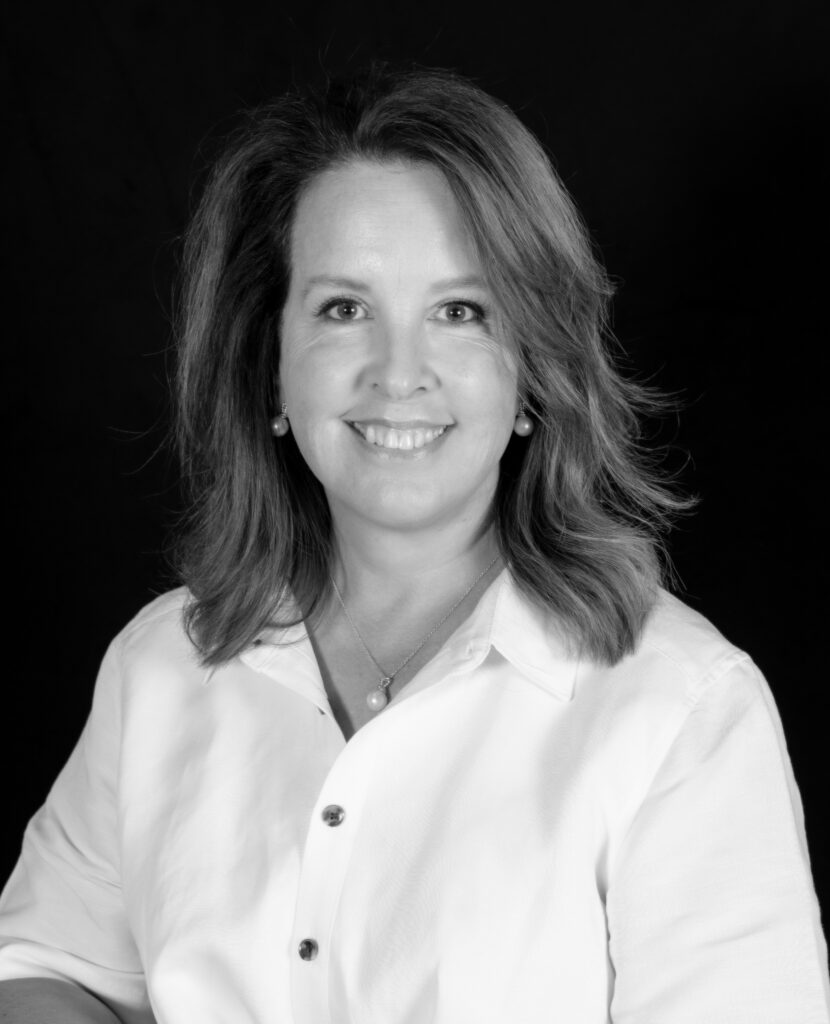Highlights from this week’s conversation include:
- Inspiration Behind the Institute (1:42)
- Akron Art Museum’s Mission (4:22)
- Feedback from Participants (7:50)
- Community and Collaboration (10:20)
- Legacy of Artistic Creation (12:32)
- Art Glass Workshop Experience (15:24)
- Intergenerational Connections (19:35)
- Studio 55 Plus Initiative (22:02)
- Community Building Through Art (25:17)
- Art as Communication (26:19)
- Evolving Definitions of Creativity (28:10)
- Tour of Artistic Creations (31:14)
- Abundant Aging Questions for Merry (32:02)
- Final Thoughts and Takeaways (38:03)
Abundant Aging is a podcast series presented by United Church Homes. These shows offer ideas, information, and inspiration on how to improve our lives as we grow older. To learn more and to subscribe to the show, visit abundantagingpodcast.com.

